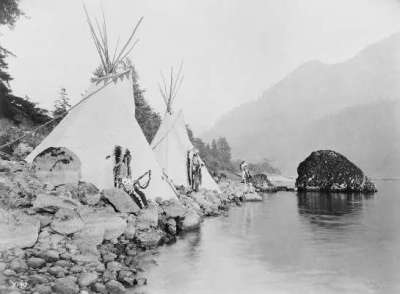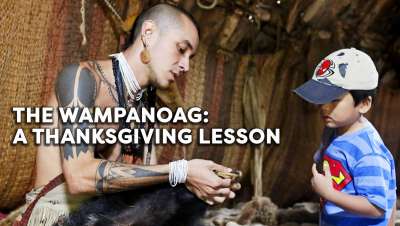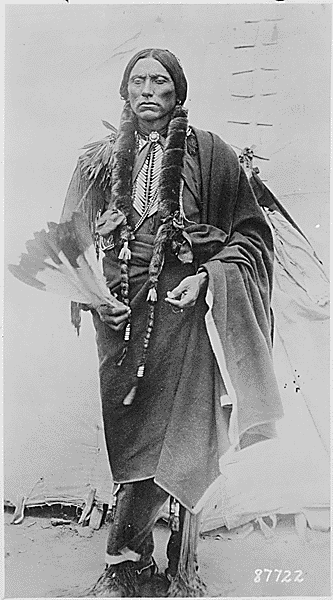
The Comanche tribe first appeared in New Mexico around 1705 after separating from the Shoshoneans who lived further north. In the late 18th and early 19th century, the Comanche lived in the Great Plains that includes present day Colorado, Kansas, Oklahoma, and Texas. The Comanche were excellent horsemen, often raiding south into Mexico. They were extremely warlike and effectively prevented white settlers from passing safely through their territory for more than a century. The Comanche considered themselves superior to other Plains tribes, and their language served as the trade language for the area.
Featured Fact: In their own language, the Comanche call themselves Numinu, which means "the people".
Photo source: Library of Congress
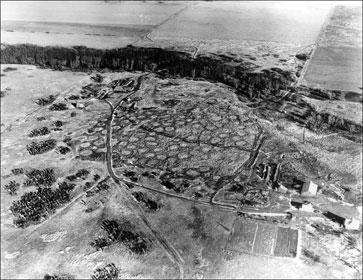
The Hidatsa lived in the northern Great Plains and established several agricultural villages on the upper Missouri River in North Dakota. They had a complex social organization and elaborate ceremonies, including the sun dance ritual. Hidatsa villages, with circular earth lodges, were enclosed by a log wall for protection against intruders.
Featured Fact: The Hidatsa regularly engaged in battle; it was a way for young men to establish themselves as tribe leaders.
Photo source: Library of Congress
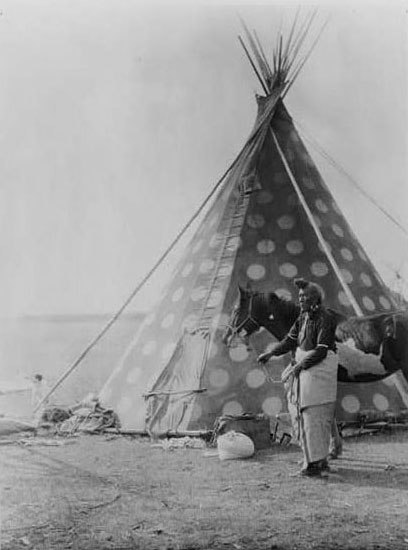
The Blackfoot tribes were known for their hostility toward neighboring tribes and white men--repelling intrusions for many years. Blackfoot tribes, who lived in the northern Great Plains area, developed a nomadic Plains culture, living in teepees and relying on the buffalo for sustenance and trade. Unlike other Plains tribes, the Blackfoot did not cultivate many crops other than tobacco, which they grew for ceremonial purposes. When Europeans arrived in the Plains, the Blackfoot tribes nearly starved due to the subsequent killing off of the buffalo and the near exhaustion of fur stocks.
Featured Fact: The name Blackfoot derives from the fact that they dyed their moccasins black.
Photo source: Library of Congress
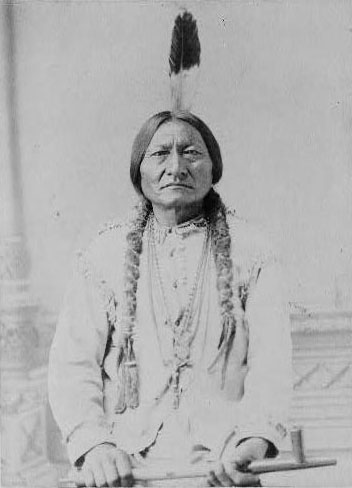
The Sioux, who are also called the Dakota, consisted of seven tribes in three major divisions. In the mid-18th century, after successfully driving out the Cheyenne and Kiowa from the Black Hills, the Sioux lived in the northern Great Plains and the western prairies, which currently comprises Wisconsin, Iowa, Minnesota, North Dakota, and South Dakota. The Sioux resisted white settlers, engaging in many battles during the 19th century. Under the leadership of such chiefs as Sitting Bull and Crazy Horse, the Sioux fought the United States to protect their land.
Featured Fact: The Tetons had the largest population of the seven Sioux tribes with about 15,000 people in the mid-18th century--half the population of the entire Sioux people.
Photo source: Library of Congress
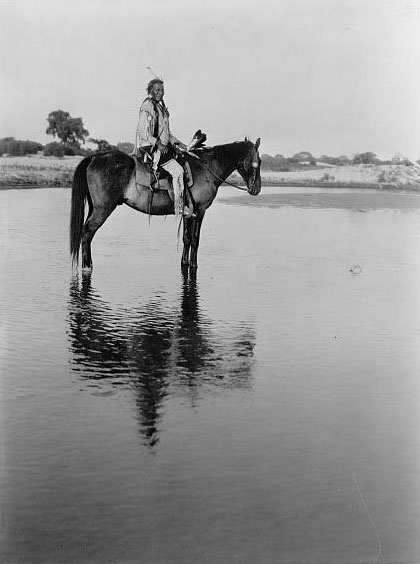
Originally inhabitants of what is now Minnesota, the Cheyenne abandoned their settlements in the 17th century, leaving the region to the hostile Sioux and Ojibwa. The tribe split into Southern and Northern Cheyenne tribes in the early 19th century, when a large group decided to settle on the upper Arkansas River. The Cheyenne are known for originating the Ghost Dance and their expertise in sign-talking.
Featured Fact: The Cheyenne and the Sioux joined forces to fight General Custer and his army at the Battle of the Little Bighorn in 1876.
Photo source: Library of Congress
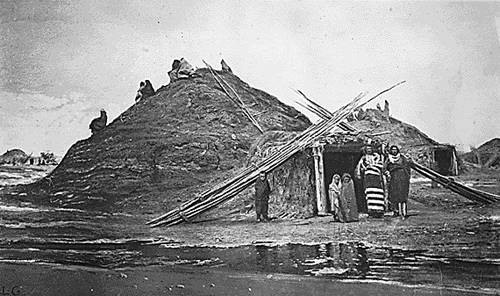
In some ways the Pawnee were similar to other Native Americans of the Plains, but were most distinguished by their observance of elaborate myths and rituals. They worshiped the god Tirawa (the sun), who they believed conceived Morning Star, the god of vegetation. In one of the few examples of human sacrifice north of Mexico, the Pawnee periodically sacrificed a young woman to Morning Star.
Featured Fact: The Pawnee never warred against the United States, even when treated unjustly by the government.
Photo source: Library of Congress

The Apache are best known for their fierce fighting skills and engaging in battles against other tribes and white settlers. They successfully defended their land during Spanish colonization, but the introduction of horses and better weapons by the Spanish led to increased intertribal warfare. By the mid-19th century, Apache lands were in the path of the American westward movement. Many Apache heroes are known for their strong but futile resistance to the United States that lasted through the beginning of the 20th century.
Featured Fact: The Apache usually had matrilocal societies. The husband often lived with his wife's family and worked for them.
Photo source: Library of Congress
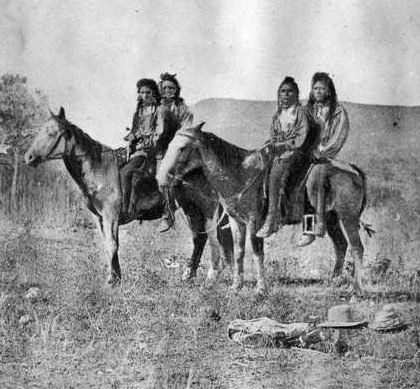
The Shoshone were present in many areas of the Great Plains, including present-day California, Utah, Montana, Wyoming, Idaho, and Nevada. Traditionally the Shoshone were divided into four groups that included the Comanche of west Texas, the Northern Shoshone of Idaho and Utah, the Western Shoshone, and the Wind River Shoshone of Wyoming. The Shoshone are known for living in teepees and hunting buffalo.
Featured Fact: The Shoshone Indians were also called the Snake Nation.
Photo source: Library of Congress
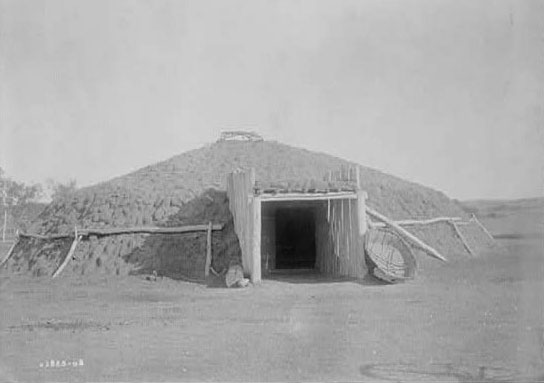
For the most part, the Mandan were a sedentary tribe that lived near the Missouri River. By the mid-18th century, they lived in nine villages in southern North Dakota. Culturally connected with their neighbors, the Arikara and the Hidatsa, the Mandan often intermarried and traded with the two tribes. The Mandan had certain distinctive cultural traits, including a myth of origin in which their ancestors climbed from beneath the earth on the roots of a grapevine. According to folklore, at one time the Mandan lived to the east and moved westward to the Missouri River.
Featured Fact: In 1804, Lewis and Clark visited the two Mandan villages located on opposite sides of the Knife River, a tributary of the Missouri River.
Photo source: Library of Congress
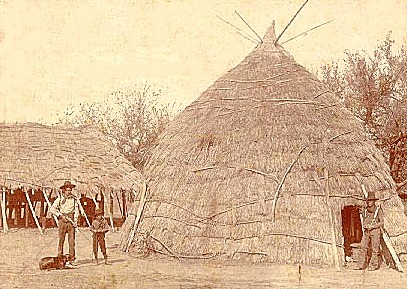
At one time, the Wichita occupied parts of Kansas, Oklahoma, and Texas. In 1872, they ceded all their land to the United States. Culturally Wichita tribes were similar to the Pawnee, who also lived in the Great Plains. A distinctive structure to the Wichita was their grass houses, built in a cone-shape that resembled a haystack. Also unique to the Wichita people was a dance for agricultural fertility and in the late 19th century they adopted the Ghost Dance.
Featured Fact: The French called the Wichita Panis piquis, or Pawnee Picts, because they practiced tattooing.
Photo source: Library of Congress


